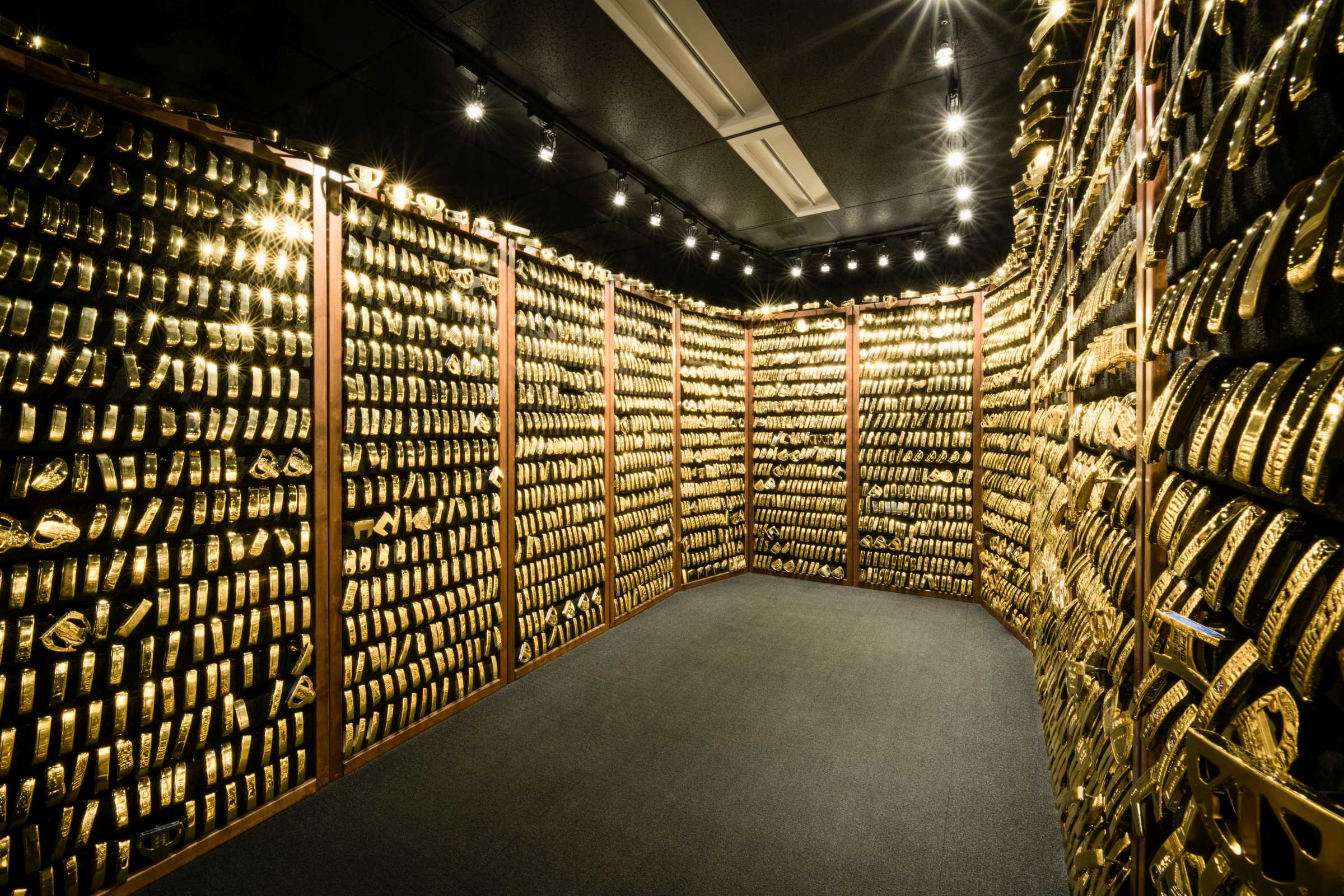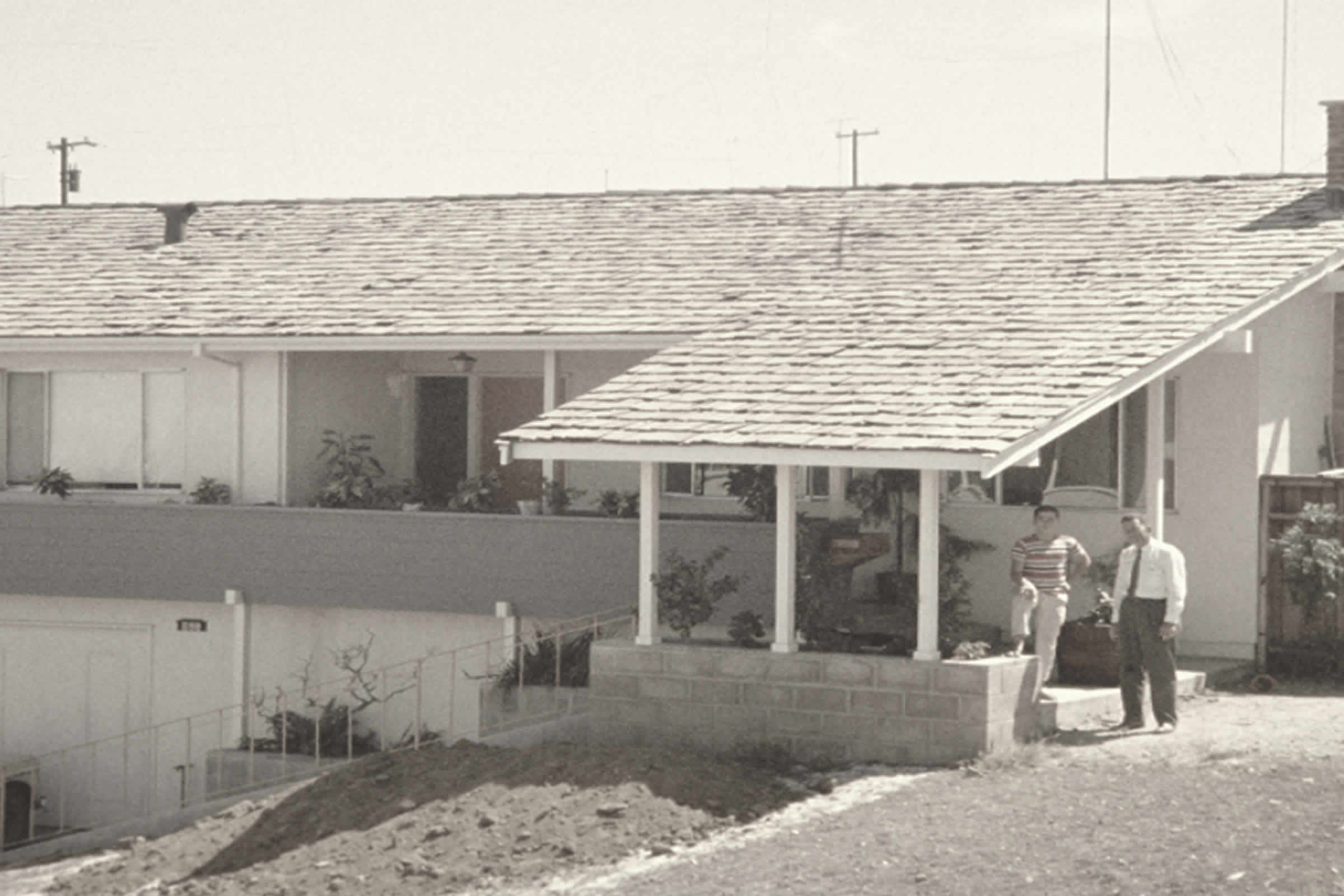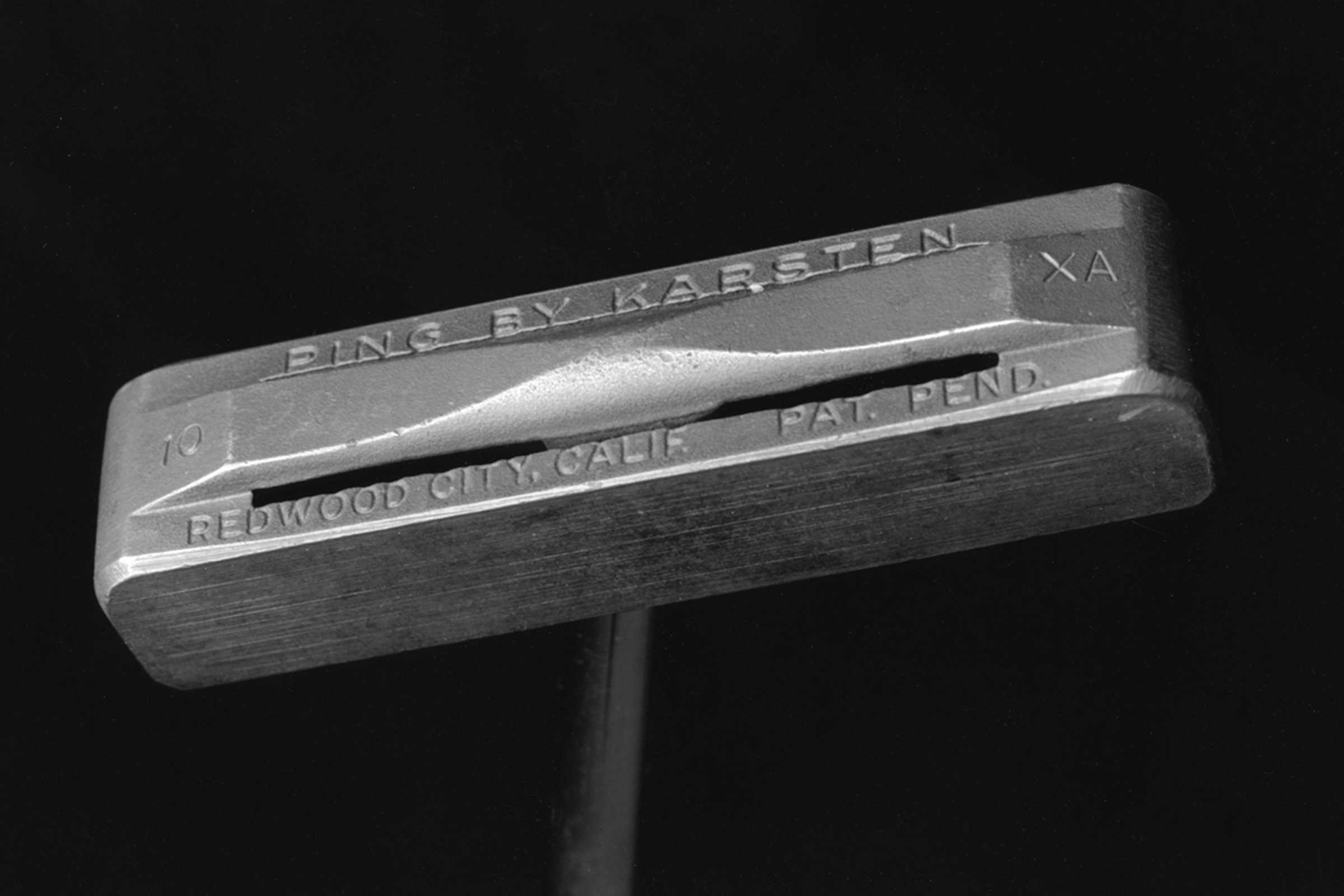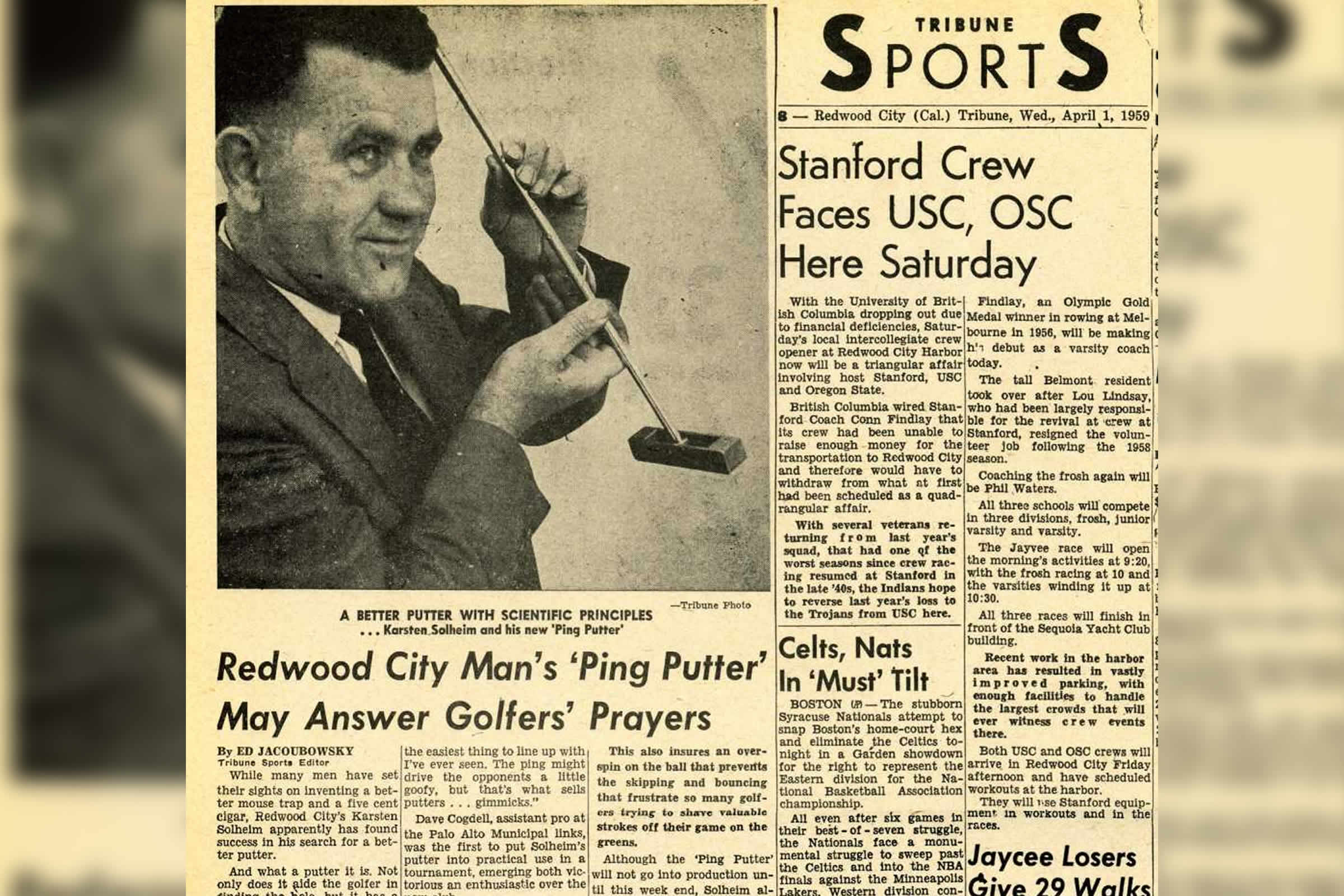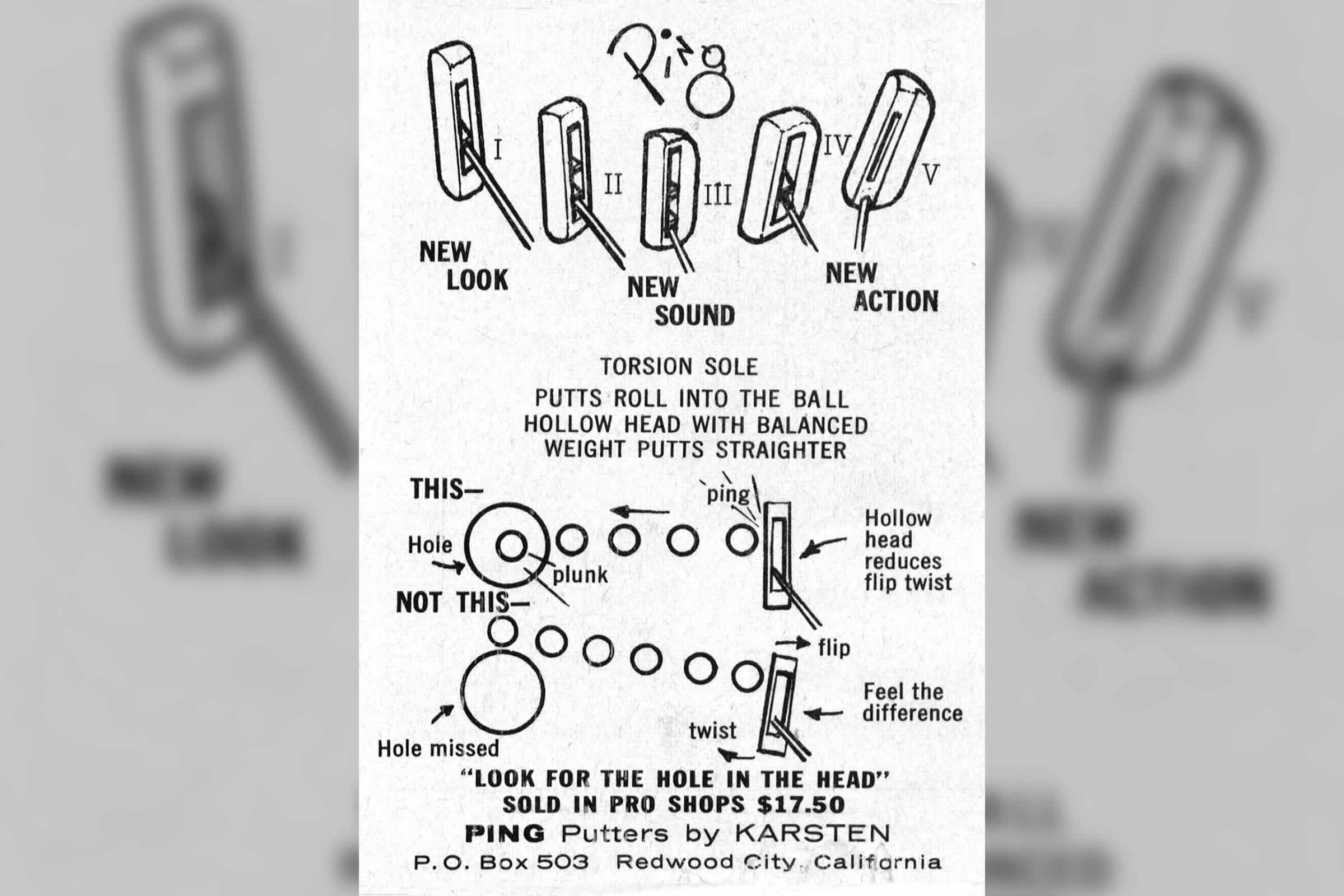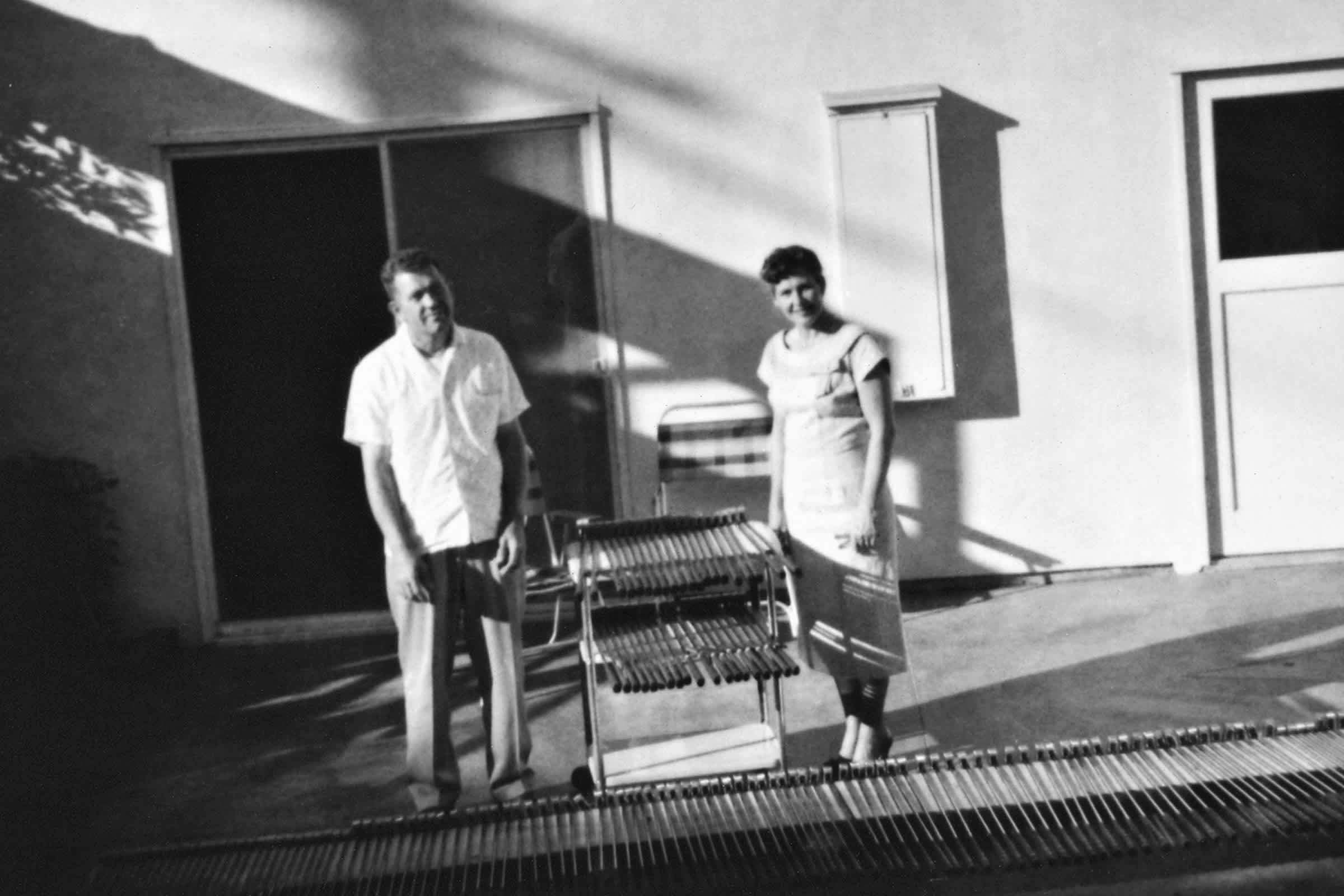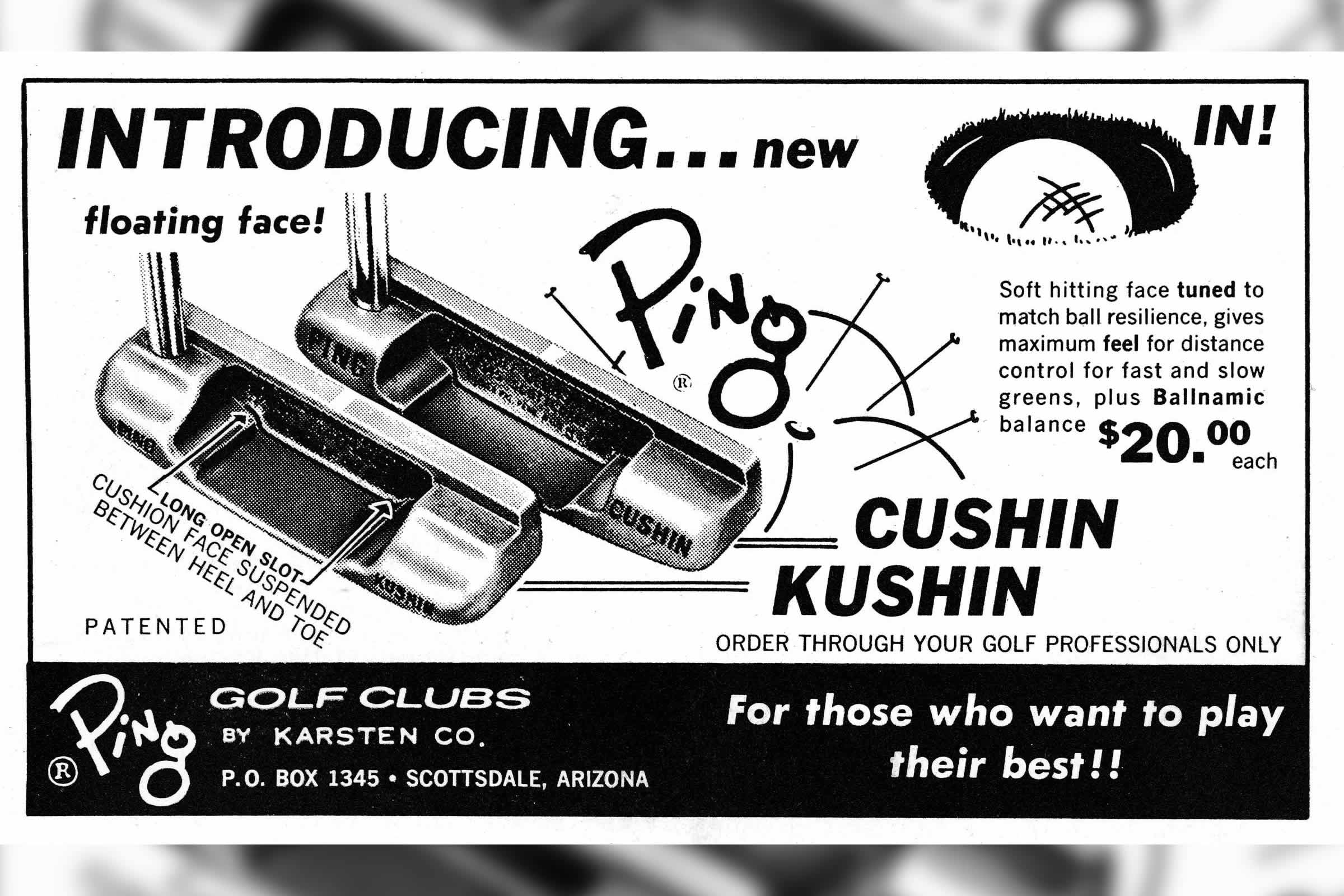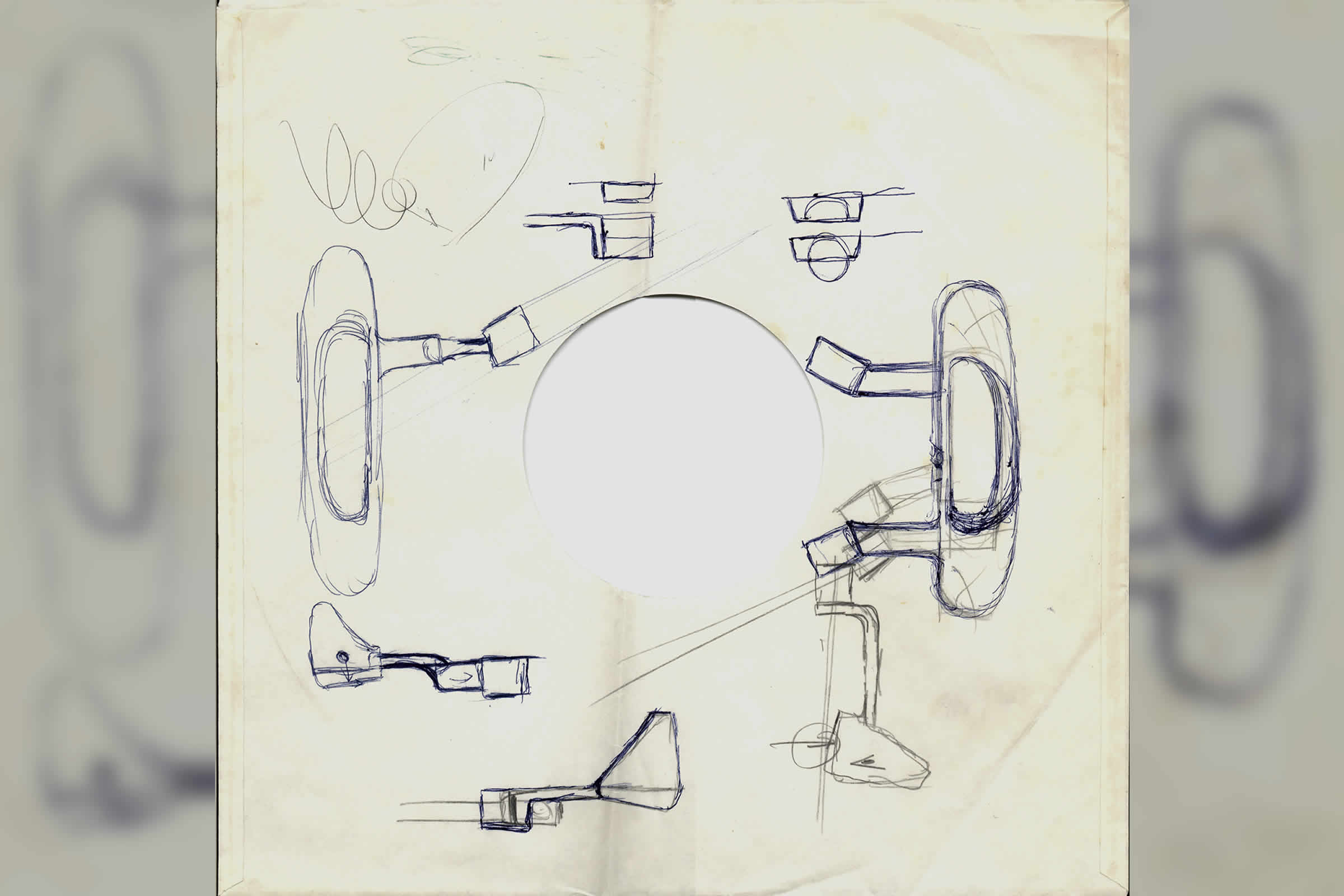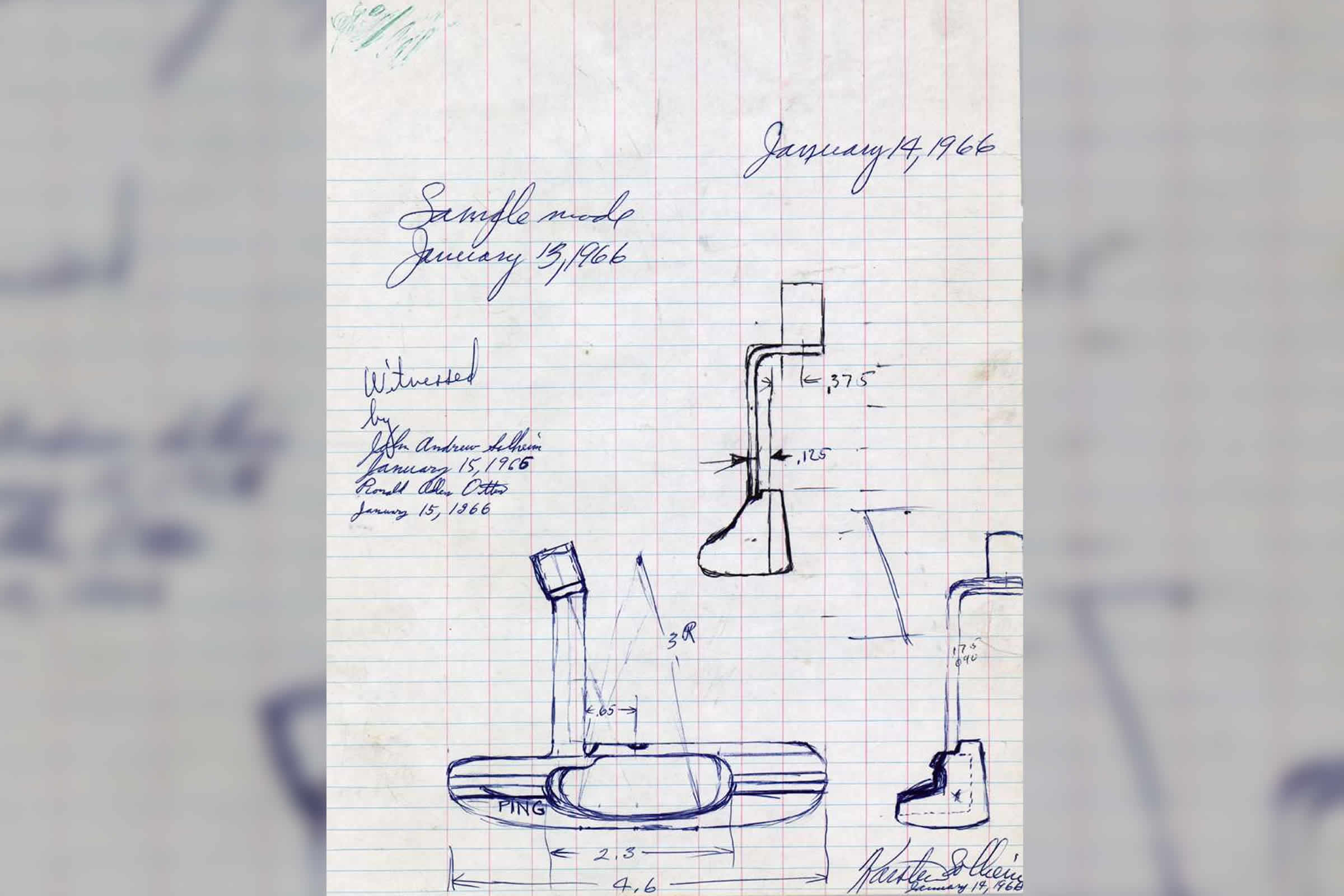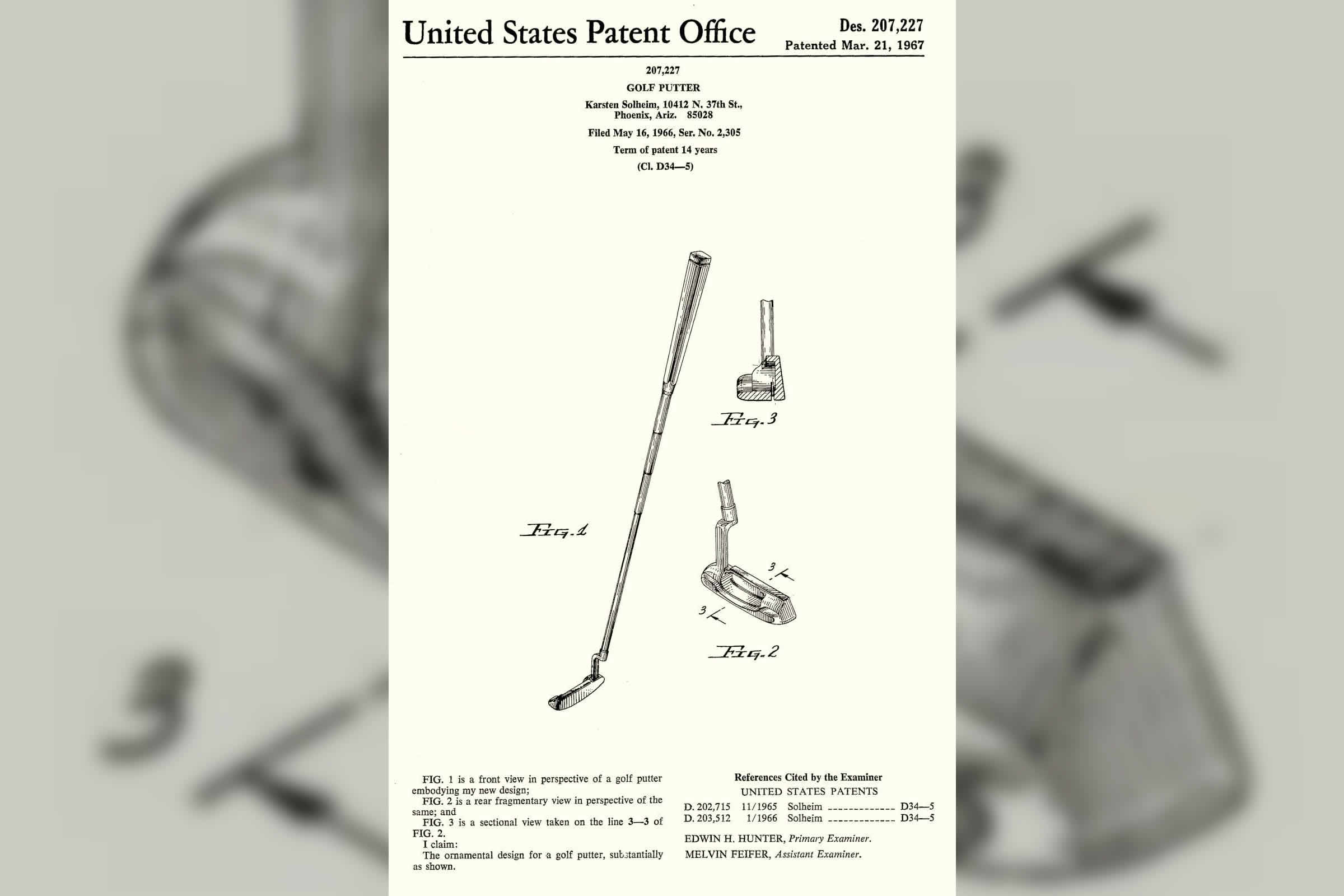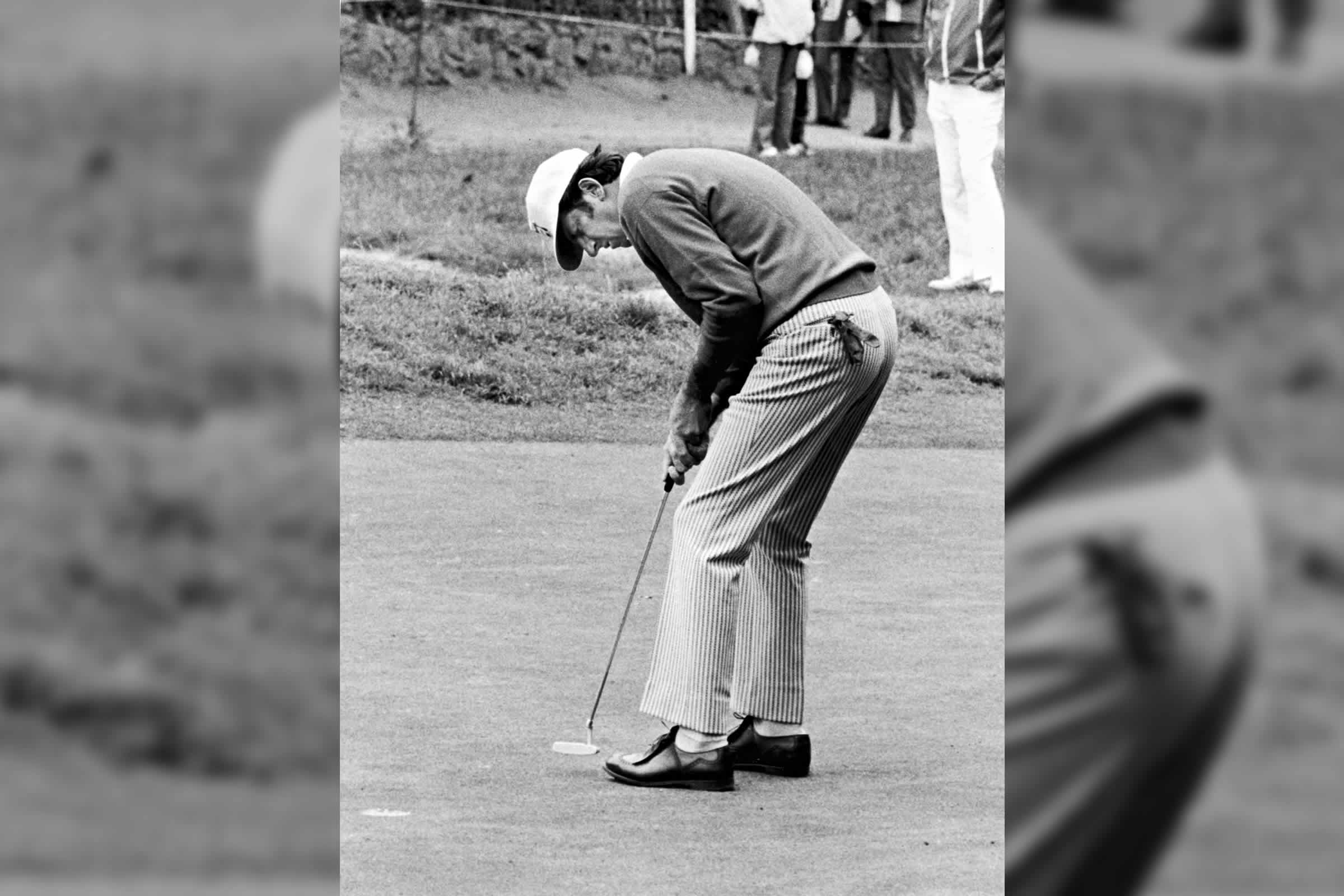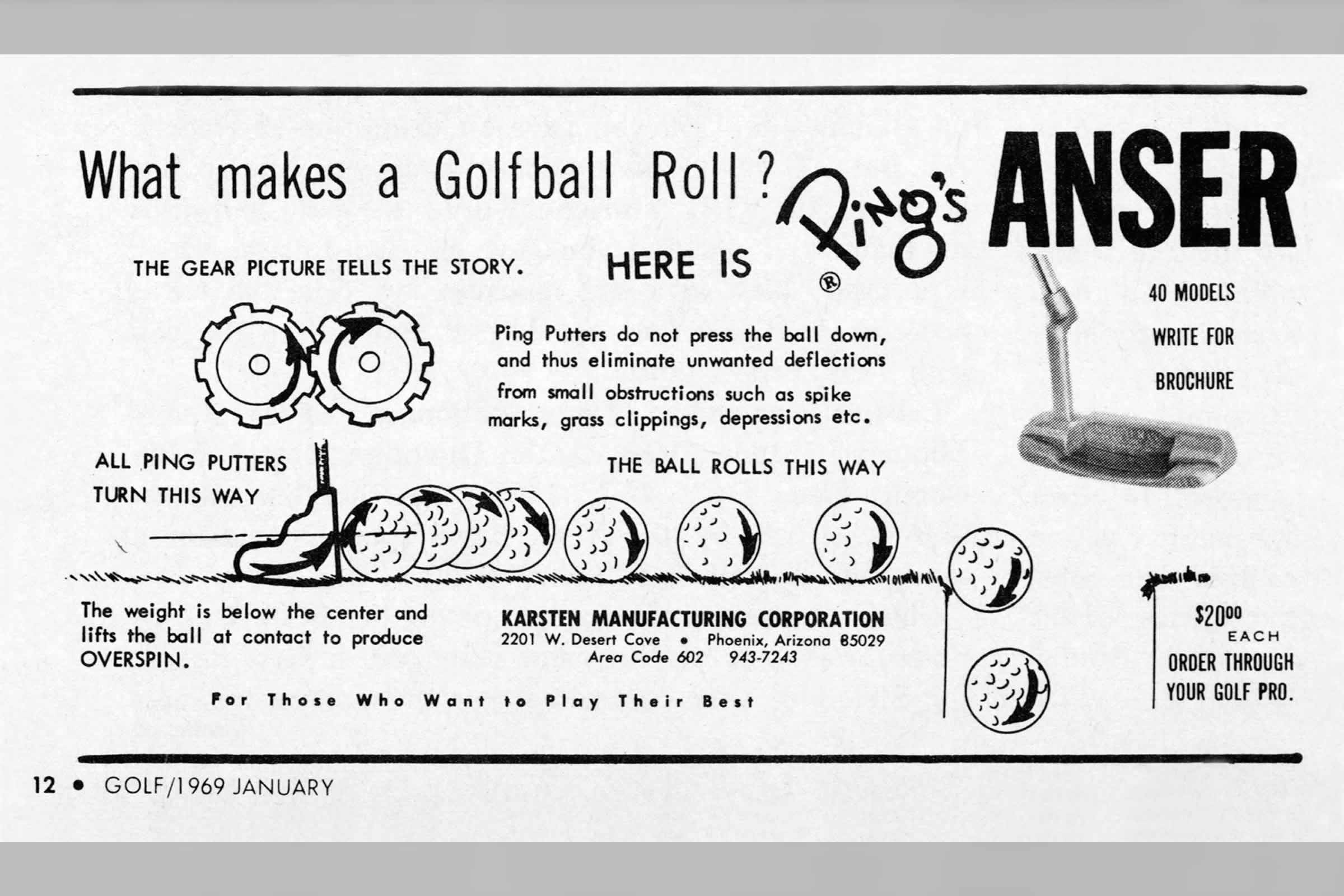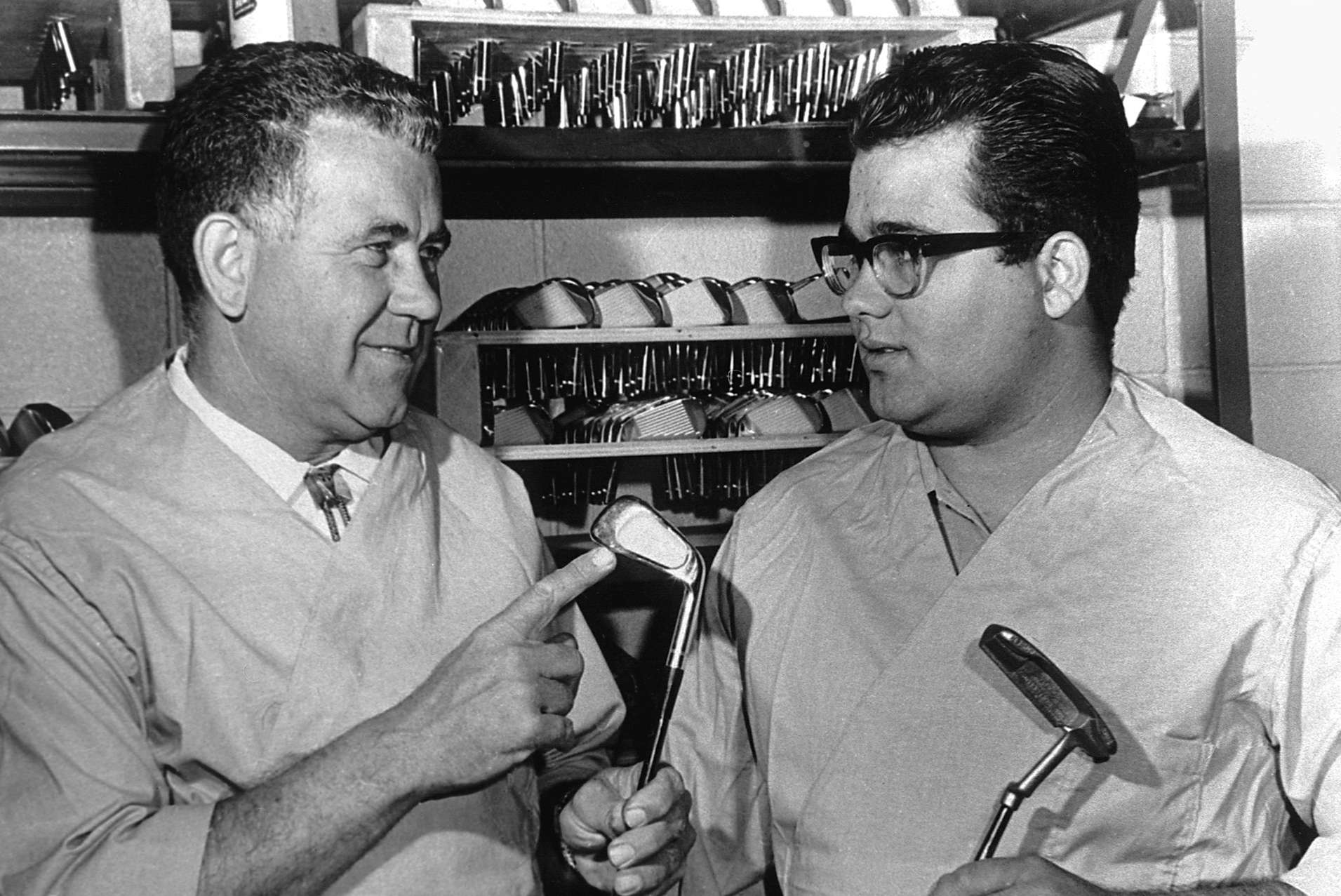
From founder Karsten Solheim’s garage to the World Golf Hall of Fame.
It all started with a frustrated golfer.
Karsten Solheim might not have invented the putter, but he did modernise it more than 60 years ago. And his influence can still be seen in just about every putter on the market today. While experimenting in his garage in Redwood City, California, his theory of heel-toe balance revolutionised putter design ― leading to the invention of the PING 1A putter.
1A: The beginning of better.
Karsten’s 1A was the first to emphasise heel-toe weighting, reducing twisting for unprecedented forgiveness and accuracy. The tuning-fork-like design also made a ‘PING’ sound at impact. “I have a name for my putter,” he exclaimed to his wife, Louise.
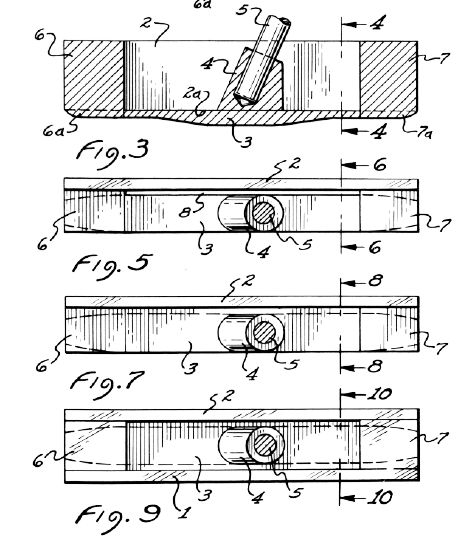
Anser sets the standard.
First sketched on a 78 rpm record sleeve in 1966, Karsten refined his perimeter weighting concept and introduced a putter to “answer” competitors’ models. It was distinguished by its offset-hosel design. When the name Answer wouldn’t fit on the putter head, Louise suggested dropping the ‘w’. It was an instant success and remains the winningest and most copied model in golf history.
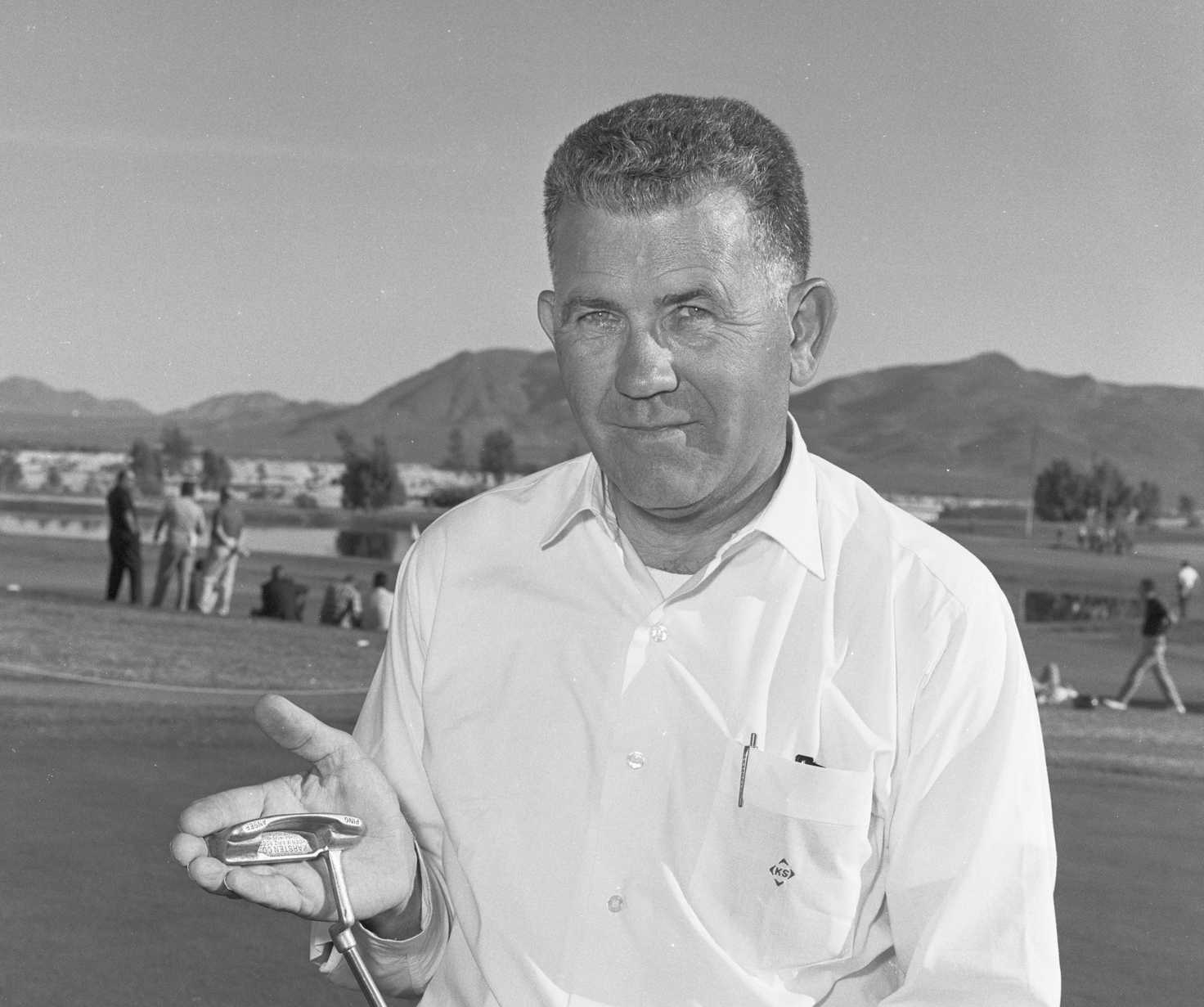
A tradition of winning.
More than 3,200 winning gold-plated putters are enshrined in the shimmering Gold Putter Vault, the most requested stop by visitors to PING’s headquarters. The tradition awards winning professionals a gold-plated replica of their PING putter used in victory. Two replicas are made; one for the pro and one for the vault. Each is engraved with the player's name and the tournament they won. To date, 58 major titles on the men’s tours alone have been claimed with a PING putter.
